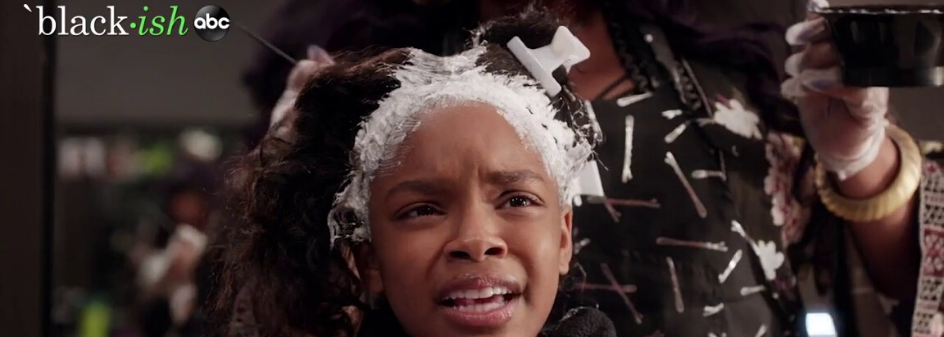If you’re considering locs, you’ll have to ask yourself the question: Which method would I like to take to achieve the locs of my dreams? Or something along those lines.
The two most popular methods for starting locs is through twisting or interlocking. It seems to be more popular to start locs with a twisting method, but what you decide really depends on your lifestyle and preferences. Let’s obtain a better understanding of each technique, so we can figure out which method sounds most suitable to your lifestyle and liking.
The Ins and Outs of Twisting Locs
Many men and women choose to start off with twisting their locs when starting from the very first stage of locs. This type of maintenance routine is fairly simple and doesn’t require any extra tools to achieve (besides clips of course). Twisting has its tricks and specialized techniques, which can be learned from your trusted loctician. The most important part to pay attention to, is to make sure you’re not over doing it, which can cause the locs to break and thin.
If you do start with twisting you can at a later date switch over to interlocking. So, you aren't “stuck with twisting” once you start with twisting. Twisting the locs can make the scalp look less exposed and give the locs a less ‘tight’ feel, which is sometimes a preference for those new to locs. Twisting and retwisting is recommended every 4-6 weeks depending on what look you’re after. If you want to lean closer to a 6-week twisting routine, make sure to cover up your locs while sleeping and in the shower with a shower cap that doesn’t allow any moisture in.
The Ins and Outs of Interlocking Locs
Some prefer interlocking as their loc method, especially when they want to skip the early phases of locs.This method is best for finer textured hair, it can handle more washing without unraveling the locs and requires less maintenance, less often. Interlocking is usually approached with an interlocking tool, but can also be achieved without a tool. Interlocking is a great technique for athletes, swimmers, or for those who live an active lifestyle and is a style for those who love being able to see their scalp. Again, if you start with interlocking you can switch over to twisting if it suits you better.
When interlocking is done incorrectly, it may result in holes at the root of the loc, so please make sure you know what you are doing. If you have a loctician, don’t be shy to ask how to interlock your locs correctly, a reliable technique is key here. And if you go to a loctician for interlocking your locs, do a little investigating and make sure they have a solid reputation for interlocking locs.
When maintenance time rolls around (usually around 2-3 months), it’s important to wash the scalp and roots first. Then grab your favorite build up free conditioner. This way you can rest assured that the interlocked hair is as clean and healthy as it should be. To ensure a secure and clean hold, pair your build up free conditioner with a build up free locking spray. This way locs and new growth remain in place without a dry feel. Allow locs to dry under a dryer or hand held dryer. Locs should hold in place without build-up.
Takeaway
Twisting and interlocking contain their own unique features and depend on your own personal preference and lifestyle. What the two have in common is that when it’s maintenance time, it’s a great opportunity to relax and take care of yourself with time and patience. We strongly encourage an all natural build up free locking spray to ensure the new growth gets accustomed to its new position without build up or dirt.
What’s your preference, twisting or interlocking? How do you approach your locs when it's time to take care of your new growth?




